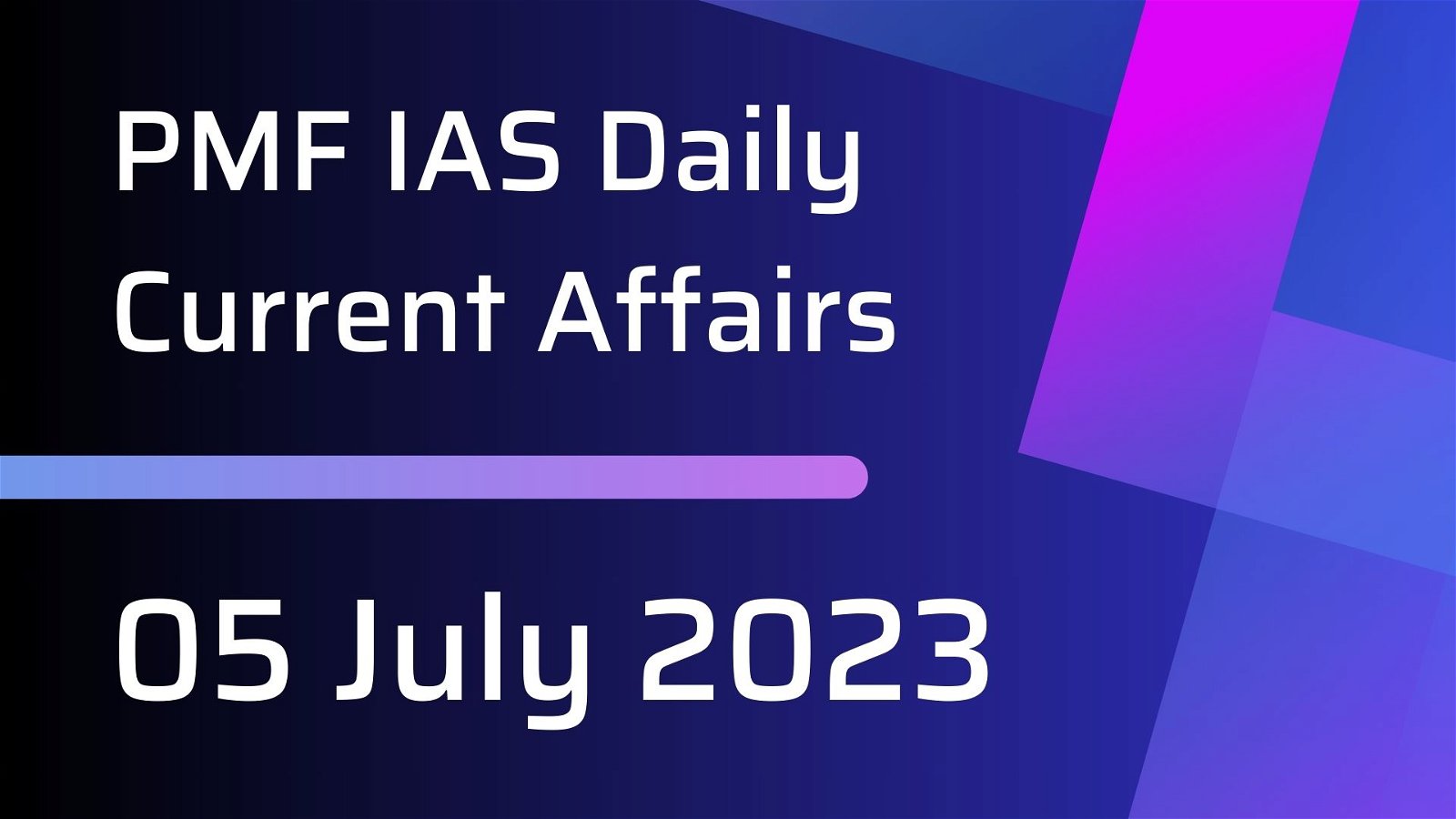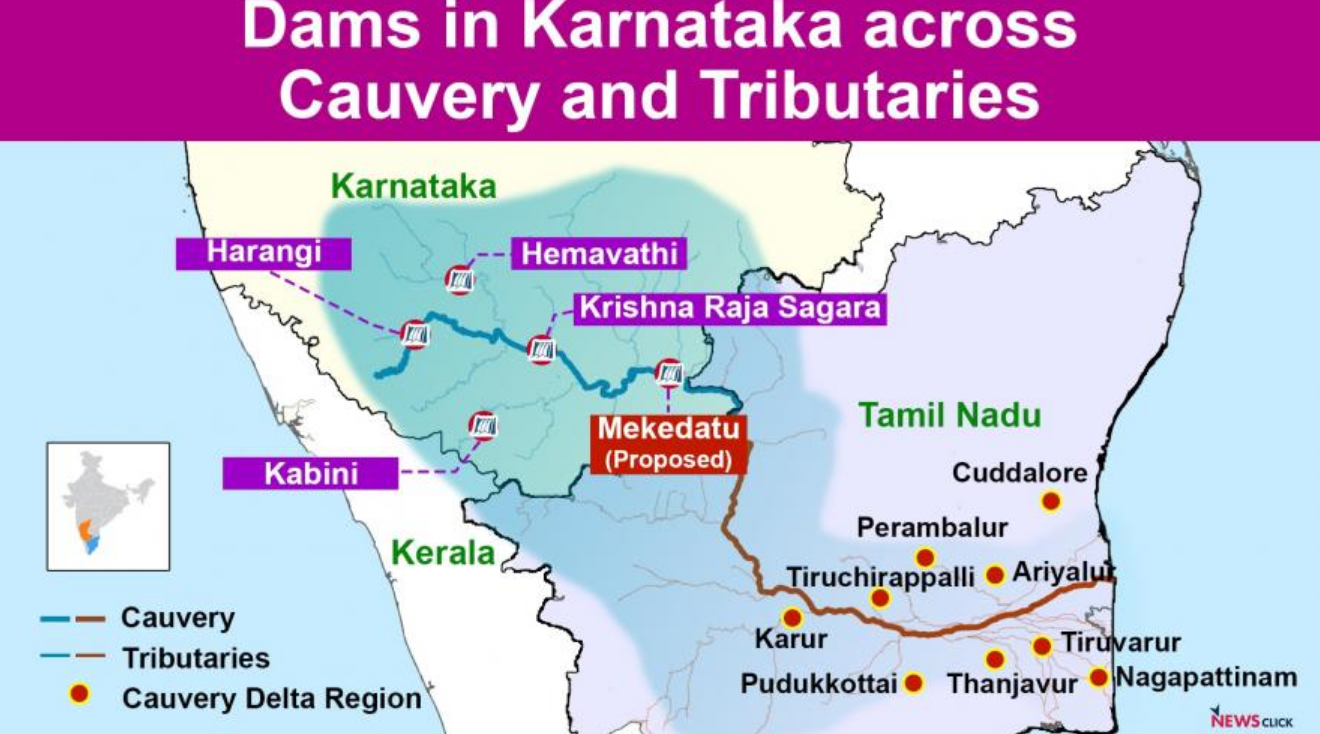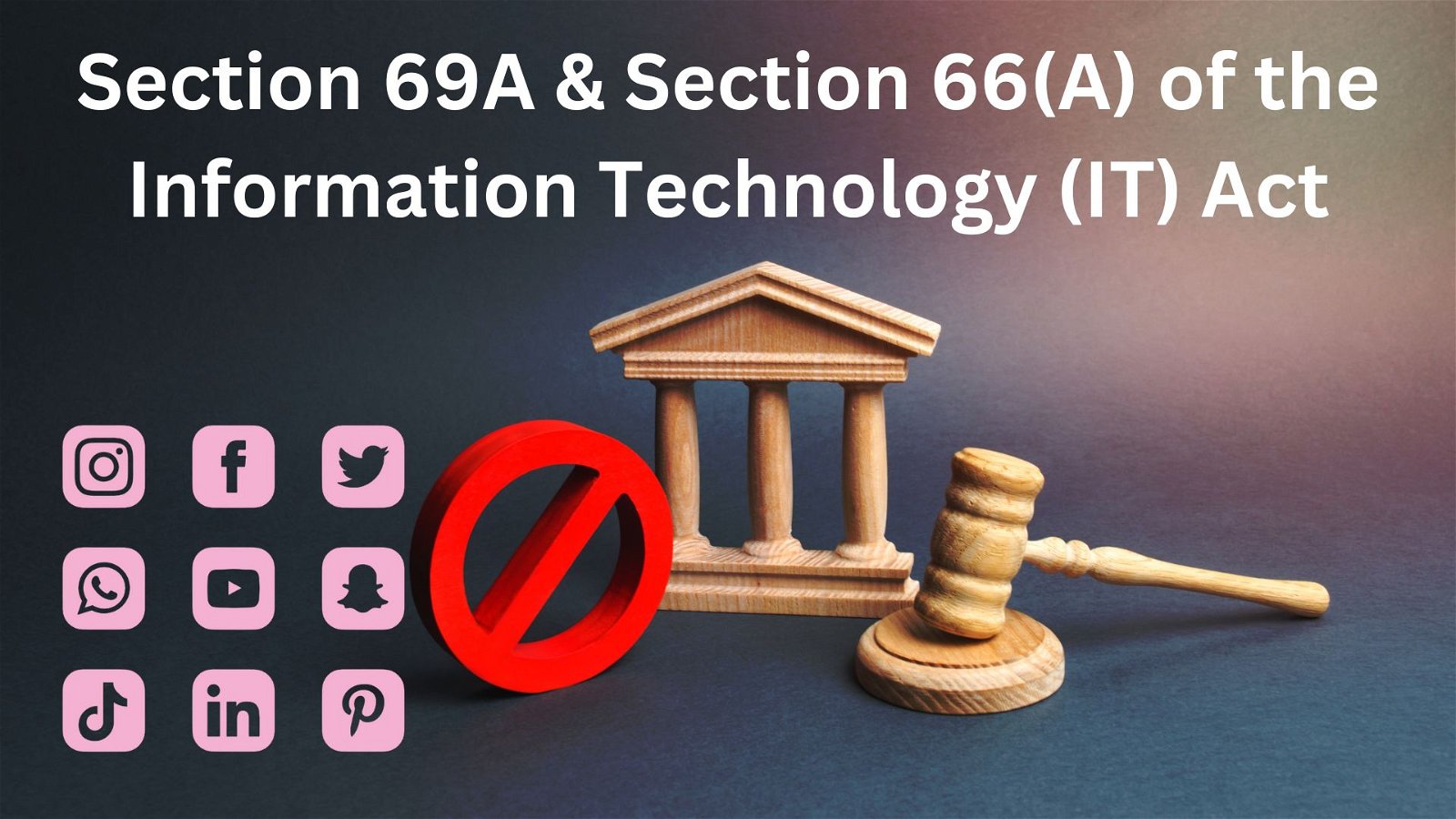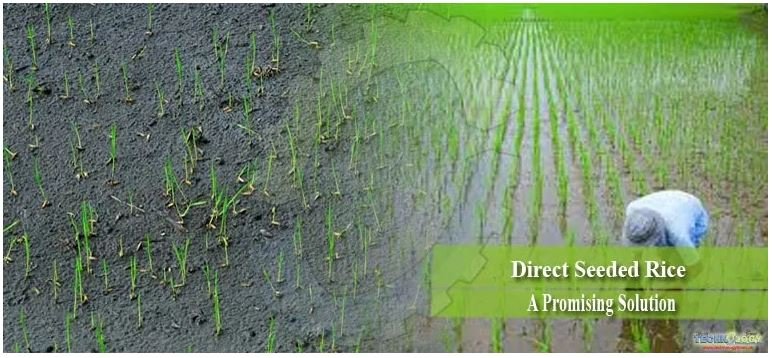
Types of Inflation: Greedflation, Demand-Pull Inflation, Cost-Push Inflation, Hyperinflation
Subscribe to Never Miss an Important Update! Assured Discounts on New Products!
Must Join PMF IAS Telegram Channel & PMF IAS History Telegram Channel
Types of Inflation
Greedflation
- Context (TH): Economists have questioned the validity of the argument that corporate thirst for higher profits is the cause behind inflation.
- Greedflation refers to a situation where excessive greed and speculative behaviour contribute to rising inflationary pressures in an economy.
- It implies that inflation is driven not only by economic fundamentals but also by excessive profit-seeking motives and speculative activities.
Demand-Pull Inflation
- Demand-pull inflation occurs when aggregate demand in an economy exceeds the available supply of goods and services.
- Demand-pull inflation is often associated with strong economic growth, increased consumer spending, and excessive monetary expansion.
Cost-Push Inflation
- Cost-push inflation is driven by increased production costs, such as wages or raw material prices, which are then passed on to consumers.
- Cost-push inflation can lead to a decrease in real wages and consumer purchasing power.
Built-In Inflation
- Built-in inflation, also known as wage-price spiral or internal inflation, refers to a self-perpetuating cycle of rising prices and wages.
- It occurs when workers demand higher wages to keep up with the increasing cost of living, and businesses, in turn, increase prices to compensate for higher labour costs.
- This reciprocal process leads to a continuous upward spiral of prices and wages.
Hyperinflation
- Hyperinflation is extreme and rapid inflation where prices increase at an extremely high rate.
- It typically occurs due to a severe loss of confidence in the currency, often triggered by excessive money supply, political instability, or unsustainable fiscal policies.
- Hyperinflation erodes the currency’s value rapidly, leading to an economic breakdown.
Structural Inflation
- Structural inflation arises from long-term imbalances in the economy’s structure, such as supply constraints, inefficiencies, or structural rigidities.
- It is typically caused by factors like limited productive capacity, inadequate infrastructure, or barriers to competition.
Imported Inflation
- Imported inflation occurs when:
- the prices of imported goods and services rise due to changes in exchange rates, commodity prices, or trade policies.
- a depreciation in the domestic currency raises the cost of imported goods.
- Countries heavily reliant on imports may experience imported inflation when prices rise globally.





![PMF IAS Environment for UPSC 2022-23 [paperback] PMF IAS [Nov 30, 2021]…](https://pmfias.b-cdn.net/wp-content/uploads/2024/04/pmfiasenvironmentforupsc2022-23paperbackpmfiasnov302021.jpg)











